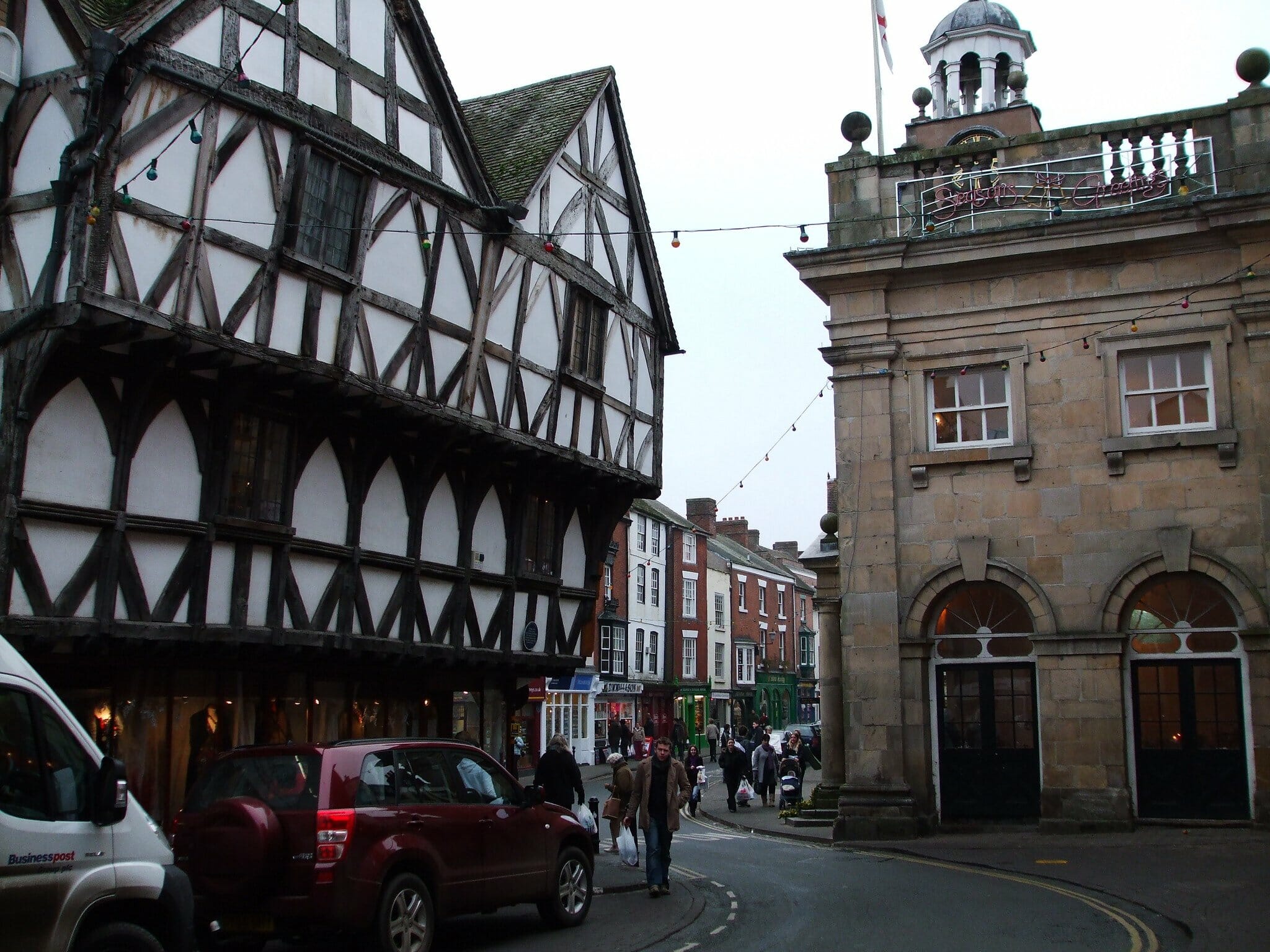How I miss Ludlow.
A brace of pheasants in the feather for less than a fiver – hanging from one of Ludlow’s five local butchers. Each dwelling in a building made by medieval tradesmen.
Cobblestones, of course, usually damp, with overhanging late-medieval timbers just overhead. If you duck and twist to the market square, you can buy the most expensive fruitcake known to man – quenched like a blacksmith’s goods in fine whisky.
Gardens bloom gloriously due to obsessive tinkerers in horticulture. They’re mad as a skip of toads, of course, but I’ll be damned if they can’t design and dig the most stunning tiny plots of land as if practicing to become groundspeople for vast stately homes.
There, at the top, is a square, guarded by a large field gun taken at Sebastopol – something Tennyson would likely swoon to straddle and make boom noises: “Half a league onward – boom!” Behind the cannon’s muzzle sprawls the Norman Ludlow Castle. Pay a pretty few pence (easier to use notes, actually – it’s not a cheap day out, if I recall correctly), and you can stand in the keep of the Lords of the March. From here, Wales was governed, and Mortimer plotted to take over all of England, making the king wear the cuckold’s horns before making a divisive decision that left the four quarters of his body rather unhandily inaccessible to his plans.
It’s hard to see the wool church from the centre, but take a few paces out of town and the cathedral-like St Lawrence’s tells you this place once rolled in cash.
I once carried a Christmas tree on my shoulder from the winter’s market – down the hill on old Corve Street, right the way to the still damp from the floods end of town where we lived. Several passing people asked if I’d forgotten its decorations. One offered to help. I was in high spirits indeed, for this was my home now.
I drank pints of Shropshire-brewed ale while reading books in quiet pubs on chairs where people had been drinking pints of Shropshire-brewed ale since before – well before anything my childhood world contained.
